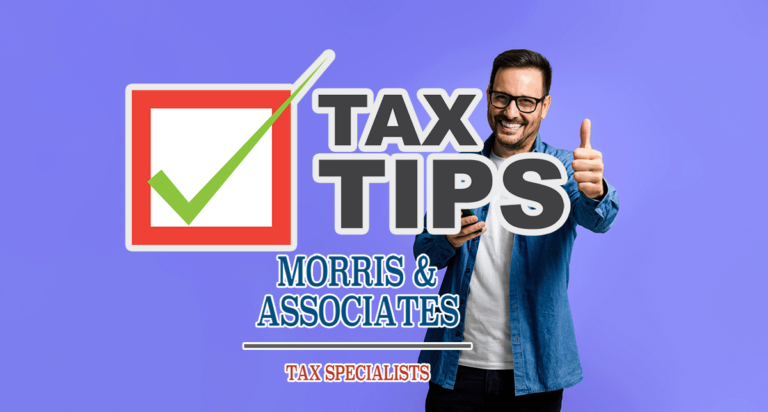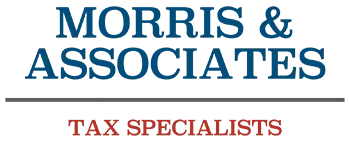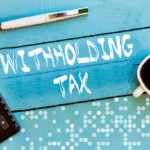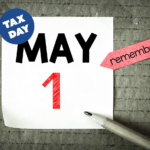With the April 15 tax deadline fast approaching, the Internal Revenue Service (IRS) has issued several helpful reminders to make filing easier and reduce the chances of delays or mistakes. Whether you’re filing on your own or working with a tax pro, following these tips can help ensure your return is accurate — and that your refund arrives quickly.

1. File Electronically and Choose Direct Deposit
The fastest and most secure way to get your refund is by filing your tax return electronically and opting for direct deposit. Tools like IRS Free File, Free File Fillable Forms, and Direct File help reduce math errors, prompt for missing info, and even flag deductions or credits you might qualify for.
If you’re still mailing a paper return, make sure you’re using the correct mailing address (check IRS.gov or your Form 1040 instructions) to avoid delays.
2. Gather All Your Documents
Before you start filing, collect all your tax-related paperwork — W-2s, 1099s, and any other income statements, along with receipts or documentation for deductions and credits (such as mortgage interest or education expenses). Keep last year’s return handy too; it may be needed for reference or electronic filing validation.
You can also log into your IRS Individual Online Account to access key forms like your W-2 or Form 1095-A under the “Records and Status” section.
3. Double-Check Names, SSNs, and Filing Status
Accurate personal information is a must. Ensure names, Social Security numbers (SSNs), and dates of birth are correct and match what’s on your Social Security card. For dependents or spouses who don’t have an SSN and aren’t eligible for one, use their Individual Taxpayer Identification Number (ITIN) instead.
4. Report All Taxable Income
It’s important to report all sources of taxable income — not just wages. This includes interest income, unemployment benefits, gig economy earnings, tips, and income from digital assets. Missing income could result in penalties and interest. For a full list, check out IRS Publication 525.
5. Answer the Digital Assets Question
Everyone filing a tax return — including Forms 1040, 1040-SR, 1040-NR, and others — must answer a yes-or-no question about digital assets. Even if you didn’t engage in any digital asset transactions in 2024, you still have to respond. If you did participate, be sure to report all related income accurately. Details are available on the IRS’s Digital Assets page.
6. Verify Your Direct Deposit Info
If you’re expecting a refund, double-check your routing and account numbers before submitting your return. Taxpayers can split refunds into up to three accounts. Don’t have a traditional bank? Some mobile apps and prepaid debit cards accept direct deposits — just be sure the info is correct to avoid delays.
7. Don’t Forget to Sign and Date
A simple but common mistake: forgetting to sign your return. Both spouses must sign and date if filing jointly. For e-filers, you’ll also need to validate your return using your prior year’s adjusted gross income. For help, visit the IRS guide on Validating your electronically filed tax return.
8. Need More Time? Request an Extension
If you’re not ready to file by April 15, you can request an automatic six-month extension to file your return (but not to pay). Here are your options:
- Pay all or part of your estimated tax bill and indicate the payment is for an extension.
- Use IRS Free File to request an extension for free.
- File Form 4868 by April 15.
Keep in mind: an extension to file is not an extension to pay. If you owe taxes, they’re still due by April 15 to avoid penalties and interest.
Taxpayers affected by natural disasters may qualify for additional time. Check the Tax Relief in Disaster Situations page for current updates.
9. Always Save a Copy of Your Tax Return
Always save a copy of your signed tax return and any supporting documents. You may need them for future filings, to amend your return, or to verify figures down the road. Typically, records should be kept until the statute of limitations for that return expires.
10. Hire a Tax Professional
Of course the best way to avoid errors and get your refund the fastest way possible, is to hire a tax professional. The IRS Directory of Federal Tax Return Preparers can help you find someone with recognized credentials or participation in the IRS filing season program.
It is also recommended to avoid tax preparation firms with hundreds of locations. Those firms are designed to do your tax return as fast as possible, but will not specialize in your specific tax situation. Many times you will be dealing with a junior level accountant with little experience. These firms are basically the same as using tax preparation software yourself.
Morris and Associates are experience, certified agents in good standing with the IRS and can assist you to prepare and file your taxes – making the entire process quick and easy for you. A tax professional such as Morris and Associates can help you get the maximum refund as quickly as possible. Schedule a tax consultation today.
Need more info?
Visit the File Your Tax Return page on IRS.gov for more guidance and resources.







